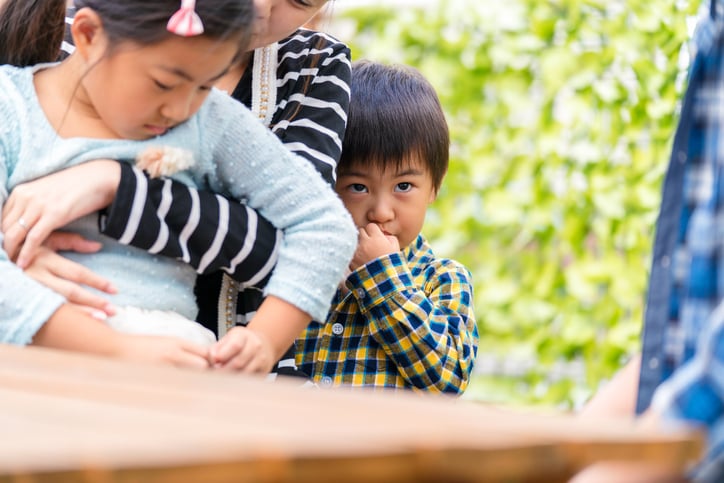As a parent, you’re probably excited about exposing your child to new experiences and new places. If you’re parenting a child with Autism Spectrum Disorder (ASD), however, it can be tricky. Children with ASD tend to be resistant to change because it makes them feel anxious. The world can seem unpredictable, but when things stay the same, it can make them feel like they have a little bit more control. It’s understandable, then, that new places can be overwhelming. How can you help your child with ASD adapt?
- Maintain as much consistency as possible
Having your child’s favorite toys on hand and keeping daily routines the same can make it easier for your child to adjust to a new place. Children with ASD find “sameness” comforting, so making things seem familiar can keep the new place from feeling frightening or confusing.
- Prepare your child in advance. Talk about the upcoming change, using visual aids and stories to help him, her, or them understand what to expect. Preview what’s coming by telling a story about what your child might expect, show pictures of the new place, or visit in advance, if possible. Knowing what to expect will help your child deal with the unfamiliar more effectively.
- Countdown, to help ease into it. Whether you’re visiting a new place on vacation, moving into a new home, or enrolling your child in a new school, you can make the transition easier by creating a visual countdown that helps your child prepare.
- Offer choices and reward flexibility. Whenever there’s a chance to present a choice, do it. This will help involve your child in what you’re doing and give the child a sense of control. On a regular basis, reward flexible behaviors, even if they’re small. Praise your child and give additional positive reinforcement, drawing attention to the desired behavior and congratulating the child on being able to “go with the flow.” Doing this even for small things will make the transition easier when the change is a big one.
- Be patient. Recognize that there may be a meltdown from time to time, and decide in advance how you’ll deescalate it. Prepare a calm-down routine ahead of time, so that your child will know how to self-soothe. Children with ASD can benefit from a sequence that includes things like taking a certain number of deep breaths with their eyes closed, rubbing their hands together, and hugging their bodies. Having this predictable sequence ready will be calming during an unfamiliar experience.

